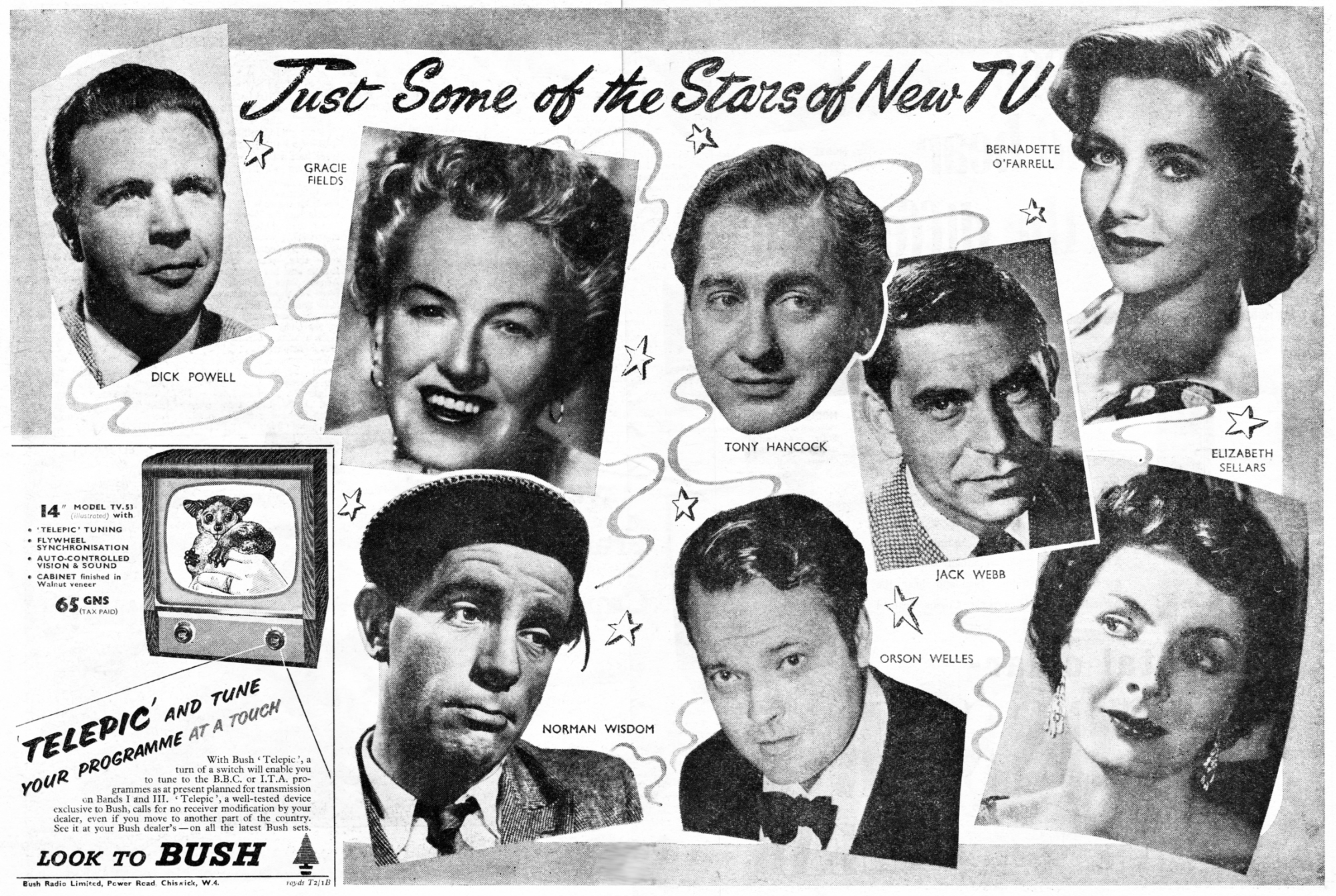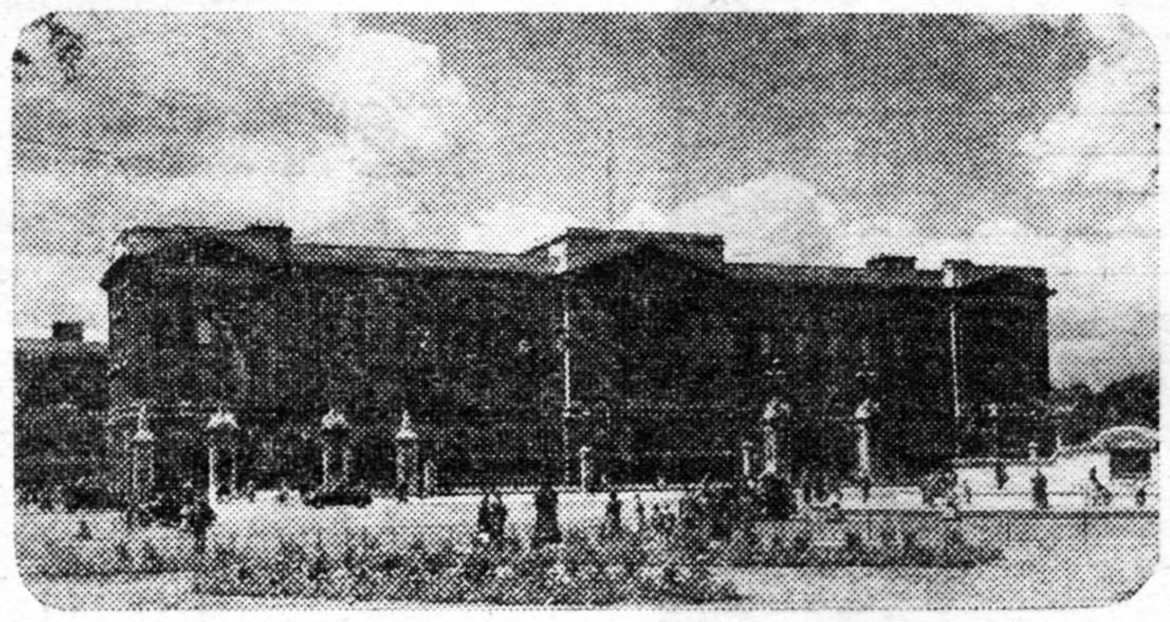AND NOW IT’S TELEVISION IN THE MORNING!
For the first time in this country television now brings regular morning programmes. They are here introduced by MARY HILL, Editor of “Morning Magazine.”
IF you were offered the task of compiling an hour’s week-day television programme for women, I wonder which hour you would choose? One thing I can tell you is that it is extremely unlikely that you and your neighbours would arrive at the same answer.
The afternoon may seem the obvious time, but is it?
Radio and Television afternoon programmes command an audience dominated by women over forty, with children off their hands, and time on them.
Elevenses
THE mother of the young baby cannot see them because of the two o’clock feed and the afternoon walk; for the toddler, too, the afternoon is the time to expect Mummy’s attention and the fun of an outing; over-fives have to be fetched from school at half-past three, no matter what the attraction offered by TV, and four and after brings tea-time and the arrival of the older children.
Most women that I know, having got a husband and schoolchildren away between 8.0 and 9.0 in the morning, whisk round the home dusting and tidying — and usually pause to draw breath and have a cup of tea or coffee around eleven.
By this time a baby is fed and, we hope, settled down to sleep and the toddler deposited in pram or play-pen.
Surely the woman at home, like any other worker, is entitled to, and needs, a mid-morning break? And — like any other worker she will get through quicker and better afterwards if she takes it.
So, we decided to offer “Morning Magazine.” It is in two sections. The first half-hour will begin at 10.45, followed by about another half an hour, beginning at 11.45, with a news bulletin at noon. In between there will be music.
If you are one of those who just can’t sit still there are lots of odd jobs that can be done while viewing — from ironing or polishing brass or silver to peeling the apples for lunch.
Some weeks ago I was asked to define the aims of our programmes. I then used the phrase “to bring the world into your home.” I don’t think I can find a better way of expressing them now.
Depression
MOST women today have held down jobs before they married. Most of them admit they get attacks of depression when they are alone in the house all day.
So above all we plan to bring real people to “Morning Magazine” — the famous and the not so famous. People with charm and gaiety to make us smile; people from other countries to widen our horizons; people who are doing worth while things to inspire us.
But because women are, above all else, concerned with their homes and their families, there will be practical programmes too.
A professor of international repute will be with us every other Monday to explain that “Diet” means a lot more than slimming; how proper food can not only make us look and feel better and younger, but, literally, help us live longer and more actively.
For figures
ON the intervening Mondays, Harriet Nyeman will offer help in curing faults of figure and posture by a revolutionary system of exercises which is widely recognized in Scandinavia.
There will be a weekly series about children; and cooking, varying from basic principles of making puff pastry to cordon bleu dishes, which will be featured every Wednesday. Friday will bring, alternately, Celia Irving with her week-end shopping basket and Elsa Court to show that it is not difficult to be a “handy woman.”
Women of all ages who are interested in their clothes will have a special feature every Tuesday. Interior decorating and furnishing will be discussed and illustrated by experts, and leading architects of the day will show houses they have built, and explain the reason for their design.
These are our plans. We’ve built these programmes largely on what we feel we would like to see were we at home. Now — we hope you are joining us, and if you will write to tell us of your likes and dislikes, we can build the programmes together from now on.
TEA V TIME
IT’S JUST FOR YOU, BOYS AND GIRLS
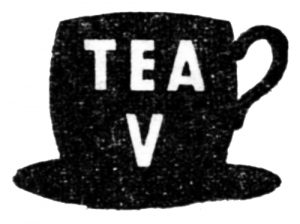 HULLO, boys and girls. Yes, it’s “boys and girls” now, instead of “children.” The people who run your programmes on the new Television think that you don’t like to be called “children” too often.
HULLO, boys and girls. Yes, it’s “boys and girls” now, instead of “children.” The people who run your programmes on the new Television think that you don’t like to be called “children” too often.
So the hour between five and six o’clock on Mondays to Fridays is called Tea V Time — not Children’s Hour. And your shows at the weekend are named “Junior” programmes.
There will be lots of fun in Tea V Time, plenty of serials, sport, some good plays, and cowboys — we can’t do without them.
The children’s programmes will not try to please all ages in the same hour. Tea V Time on Mondays will be called “Venture” and will be for boys aged 9 to 15. Right through the week, the programmes will be aimed at special groups.
Tuesday is for girls aged 9 to 15 and is called “Elizabethan Fanfare.” Programmes will include interviews with girls in the news, a half-hour play every week, visits behind the curtain at the theatre and ballet, and a disc-jockey show once a month.
Wednesday has a general programme called “Telebox.” it is the one day when they don’t keep to the rule — “Telebox” is for all ages (Mum and Dad, too). There’s a family serial story, cartoons, custard-pie comedy, and Nat Temple and his band.
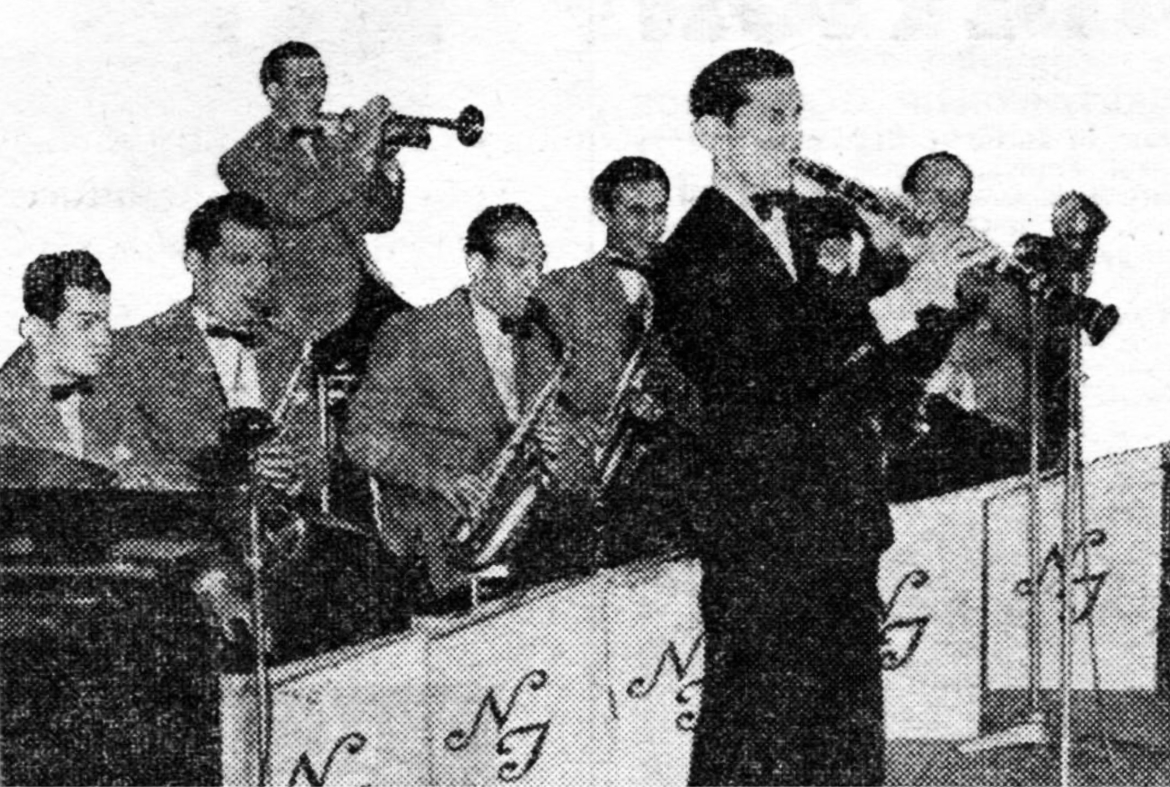
Thursday’s “Flickwiz” is for boys and girls in the older age group. There will be a “Hopalong Cassidy” film, plus a quiz show or a play competition. In the competition, boys and girls will be asked to write the end of a play, and the best will be acted on Television.
Friday is the day for boys and girls aged five to nine. In “Bubble and Squeak” they will see a cartoon, a play about people who live in a pillar-box, and sometimes a programme about pets.
The “Junior” programmes at the weekend start on Saturday morning with a youngsters’ section of the Weekend magazine show. In the afternoon there are fun and competitions in ABC Club.
Then there are films of stories by Hans Christian Andersen, or about people like highwayman Dick Turpin, and after that a programme with the big-game hunters Michaela and Armand Denis.
The Sunday afternoon shows include “Going Places” for older boys and girls — taking you behind the scenes of places of interest. Then, for the very young, there is a programme all about Enid Blyton’s “Noddy.”
There are also half-hour films of Roy Rogers and Robin Hood.
And for your younger brothers and sisters — the under-fives — there is a quarter-hour programme every Monday, Wednesday and Friday at 12.15.
Each Tea V Time there will be one man or woman acting as master of ceremonies.
Looking around

The Palace gets the new TV
BUCKINGHAM PALACE is to get the new TV. The order has gone out that all sets at the Palace must be capable of receiving Independent Television programmes when the Queen and the Duke of Edinburgh return from their Balmoral holiday.
The Royal family have always been keen viewers and now — at the turn of a switch — they will be able to see the star-studded, vigorous shows produced by the London programme contractors.
A member of the Palace staff told me: “It is inconceivable that the Royal family, interested as they are in public affairs, would not have at their finger-tips an alternative TV programme.”
The Duke’s quiz
And I hear of an interesting conversation the other day between the Duke of Edinburgh and Sir William Becher, M.C., Associated-Rediffusion’s cricket adviser.
They were opposing cricketers in a charity match, but cricket was by no means the only topic discussed.
The Duke proved to be intensely interested in Independent TV, quizzing Sir William for much information on the subject.
Says Sir William, the former Sussex and Wiltshire cricketer: “The Duke has a typically modern, democratic brain and always shows terrific interest in anything that is new and enterprising.”
At the Palace, Sandringham, and Windsor, the Queen makes a point of sitting with Prince Charles and Princess Anne to watch the children’s programmes.
U.S. looks in
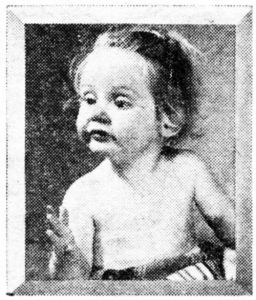
Eighty TV editors, from newspapers in all parts of America, have just flown home. They have been touring the British TV studios and are now reporting to their readers what they have seen.
From the questions they have been asking in England, it seems that many people on the other side of the Atlantic are envious of our advertising plans.
You see, in America, the advertisers sponsor the programmes themselves: for example, a soup manufacturer sets up a special department to produce plays for TV.
But in England the programmes are completely independent — time is sold to advertisers rather like a newspaper sells space alongside the news.
And that, think many in America, is a better idea than the “sponsoring” system.
Cool kids
PRESS photographers at the filming of a “Noddy” programme urged that children should appear in the pictures with the puppet.
So producer Quentin Lawrence phoned to his wife Margaret (“Ming”) at their Hampstead home: “Bring the kids — quick.”
Duly Mrs. Lawrence arrived with “Tiny,” aged four and Christopher, aged five. They had the time of their lives posing with Noddy, their favourite story-book character.
It was a very warm day and I wondered how “Ming” had managed to keep the children so clean and tidy.
“Well, I had to hunt for them,” she said. “And when I tracked them down they were clean already. They were completely naked, standing in the spray from the garden hose.”
Pat knows
IF pretty Pat Fender, a commere of Morning Magazine, ever has a cricketer to interview she’ll be asking questions to which she already knows the answers.
For dark-haired, 25-year-old Pat is the daughter of P. G. H. Fender, skipper of Surrey’s cricket XI for eleven years.
She plays cricket occasionally herself, and helped to “put on the map” a women’s cricket team in New York last year when she was acting, announcing, and commentating for American TV.
She is unmarried and lives with her parents in a little street behind Park Lane.
Miss Fender has this confession to make: after giving the subject long and serious thought, she considers that cricket is NOT a woman’s game.
Still in harness
WHAT a surprise for the great Dan Leno if he could see the Granville today.
The Granville is the old music hall at Walham Green, London, which Leno helped to found and where he appeared regularly. Now it has been bought by Associated-Rediffusion and converted into a modern television theatre.
But the best has been retained. For example, the walls of beautifully painted tiles are still there.
The flooring was ripped up, though. And under the carpeting one of the workmen found a golden guinea.
Oh, my nose!
NOSES are very important, and the nose of Orson Welles is no exception. He pays it great attention.
Sometimes he gets a little exasperated, hides his own beneath a false nose. Asked why, he once replied:
“I hate my nose — it stopped growing when I was ten years old.”
Baby grand
OWING to rebuilding at Television House ABC’s “Week-end” programme has a temporary studio too small to contain a grand piano.
“It would have meant us all standing out in the street to do the programme,” explains producer Stephen Wade. “An upright was not suitable so we sent our musical director, Leslie Julian Jones, round London trying out miniature pianos.”
Says Leslie, who writes a sketch for the programme as well as playing the piano, “It took a long time, but at last I found one small enough — and it also had the right tone for television.”

